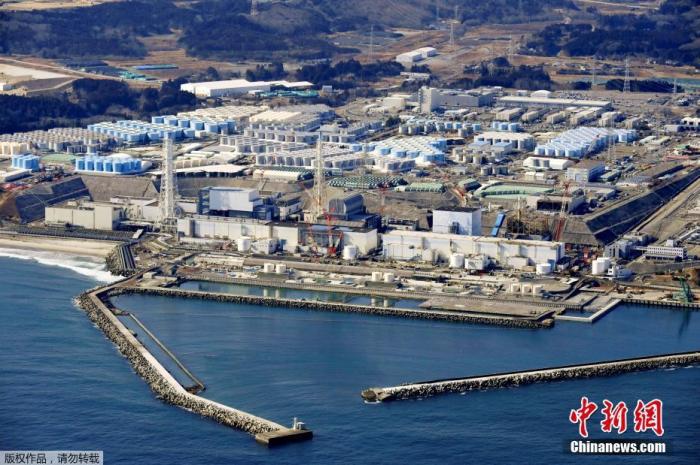China News Service, May 16. According to Kyodo News on the 16th, Japan's Tokyo Electric Power Company is advancing the excavation preparation project of the Fukushima nuclear sewage discharge port.
Data map: Japan's Fukushima Daiichi nuclear power plant.
According to reports, TEPCO has launched seabed excavation operations 1 km offshore where the nuclear sewage will be discharged into the sea.
In addition, at the shaft position on the land side, TEPCO has completed the excavation work on the downstream side connecting the undersea tunnel.
According to reports, the excavation project was originally scheduled to start in late April, but was delayed to early May due to high waves and other reasons, and was scheduled to be completed in early July.
According to the plan, TEPCO will place a concrete structure "caisson" at the excavation site, and then connect it with the submarine tunnel, and discharge nuclear sewage from the caisson.
The report also said that TEPCO plans to officially begin discharging nuclear sewage in the spring of 2023.
On March 11, 2011, a huge earthquake occurred off the coast of Fukushima Prefecture, Japan.
Affected by this, the cores of Units 1 to 3 of the Fukushima Daiichi Nuclear Power Station melted down, and TEPCO continued to inject water into the containment of Units 1 to 3 to cool the cores and recycle sewage.
On April 13, 2021, the Japanese government officially decided to discharge the Fukushima nuclear sewage into the sea after filtering and dilution. The discharge time is expected to last for 20 to 30 years.

